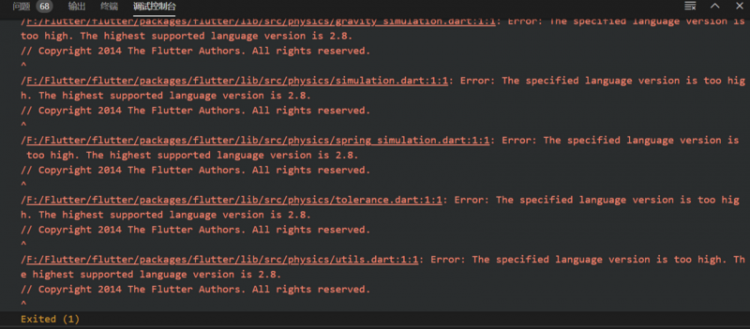如何在golang中获得两个切片的交集?
有什么有效的方法来获取Go中两个切片的交集吗?
我想避免嵌套for循环之类的解决方案
slice1 := []string{"foo", "bar","hello"}slice2 := []string{"foo", "bar"}
intersection(slice1, slice2)
=> ["foo", "bar"]
字符串顺序无关紧要
回答:
是的,有几种不同的解决方法。.这是一个可以优化的示例。
package mainimport "fmt"
func intersection(a []string, b []string) (inter []string) {
// interacting on the smallest list first can potentailly be faster...but not by much, worse case is the same
low, high := a, b
if len(a) > len(b) {
low = b
high = a
}
done := false
for i, l := range low {
for j, h := range high {
// get future index values
f1 := i + 1
f2 := j + 1
if l == h {
inter = append(inter, h)
if f1 < len(low) && f2 < len(high) {
// if the future values aren't the same then that's the end of the intersection
if low[f1] != high[f2] {
done = true
}
}
// we don't want to interate on the entire list everytime, so remove the parts we already looped on will make it faster each pass
high = high[:j+copy(high[j:], high[j+1:])]
break
}
}
// nothing in the future so we are done
if done {
break
}
}
return
}
func main() {
slice1 := []string{"foo", "bar", "hello", "bar"}
slice2 := []string{"foo", "bar"}
fmt.Printf("%+v\n", intersection(slice1, slice2))
}
现在上面定义的交集方法将只运行在slices的strings,比如你的例子。您可以在理论上创建一个定义,这个样子的func
intersection(a []interface, b []interface) (inter
[]interface),但是你会依靠反射和类型转换,这样就可以比较,这将增加延迟和使您的代码更难阅读。对于您关心的每种类型,维护和阅读以编写单独的函数可能更容易。
func intersectionString(a []string, b []string) (inter []string),
func intersectionInt(a []int, b []int) (inter []int),
func intersectionFloat64(a []Float64, b []Float64) (inter []Float64),..ect
然后,您可以创建自己的包并在确定要实现的方式后重用。
package intersectionfunc String(a []string, b []string) (inter []string)
func Int(a []int, b []int) (inter []int)
func Float64(a []Float64, b []Float64) (inter []Float64)
以上是 如何在golang中获得两个切片的交集? 的全部内容, 来源链接: utcz.com/qa/424784.html







